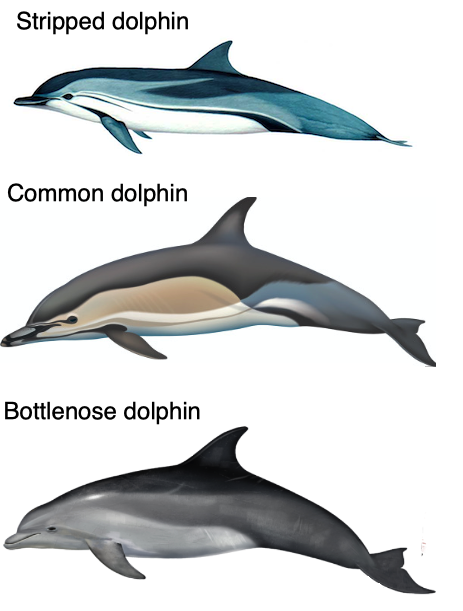
Thread: A very interesting bronze figurine, Luristan, Iran, unspecified date (Bronze or Iron Age)... collections.louvre.fr/en/ark:/53355/…
Louvre says "dragon"...Dragon or a birdman?
Louvre says "dragon"...Dragon or a birdman?

• • •
Missing some Tweet in this thread? You can try to
force a refresh









